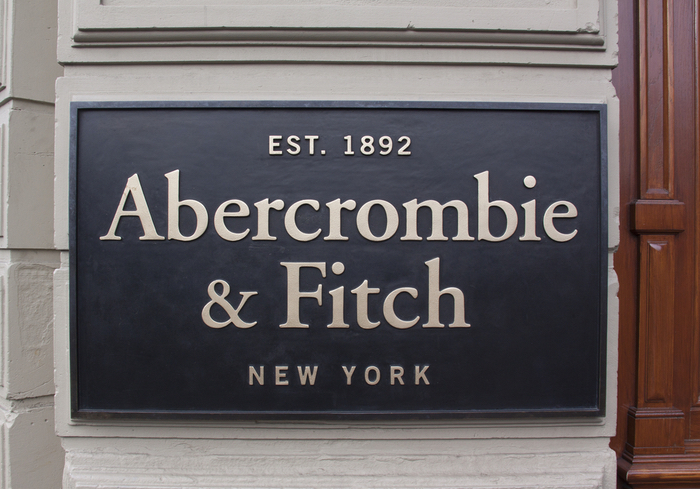With many of its leases up for renewal, Abercrombie & Fitch announced Wednesday (Mar. 7) that it plans to shutter another 60 stores by the end of 2018. The retailer has not said which locations would close, according to CNBC reports.
Closing some of it’s brick-and-mortar stores would allow Abercrombie to invest in making changes to its business. As part of that process, it has created a new smaller store prototype that offers features such as phone chargers in dressing rooms.
“The [teen apparel] group as a whole, and Abercrombie in particular, has tightened up their inventory, pricing and store/mobile experience,” said Ken Perkins, Retail Metrics founder. “Zumiez and American Eagle have generated positive comp increases … with Abercrombie’s Hollister joining the party about a year ago.”
The company has also changed its marketing strategy, reducing its advertising and number of promoted items that don’t have fancy logos.
“We continue to improve the customer experience with ongoing investments in loyalty programs, stores, direct-to-consumer and omnichannel capabilities,” Abercrombie & Fitch CEO Fran Horowitz said in an announcement.
The news comes as retail stores in U.S. malls are closing without formal announcements. Of the approximately 2,500 non-department stores retail locations that closed in shopping malls in the U.S. over the past year, approximately 980 chose not to announce their closures. They’re also avoiding attention by letting their leases terminate, according to Jim Sullivan, president of Green Street’s Advisory Group.
Advertisement: Scroll to Continue
“Many important national retailers are closing … where there hasn’t been fanfare, and it hasn’t been as obvious,” Sullivan said. “A lot of the focus has been on anchor-store closings, which is an important part, but some of these other signals are happening under the radar with the in-line tenants, which can be just as important but not as obvious.”
As landlords replace shuttered retailers, they are turning toward a mix of restaurants, lifestyle and specialty retail brands to fill the space. Mall owner-operator General Growth Properties, for example, opted to replace them with restaurants, grocery stores, gyms, boutique retailers and entertainment options.




